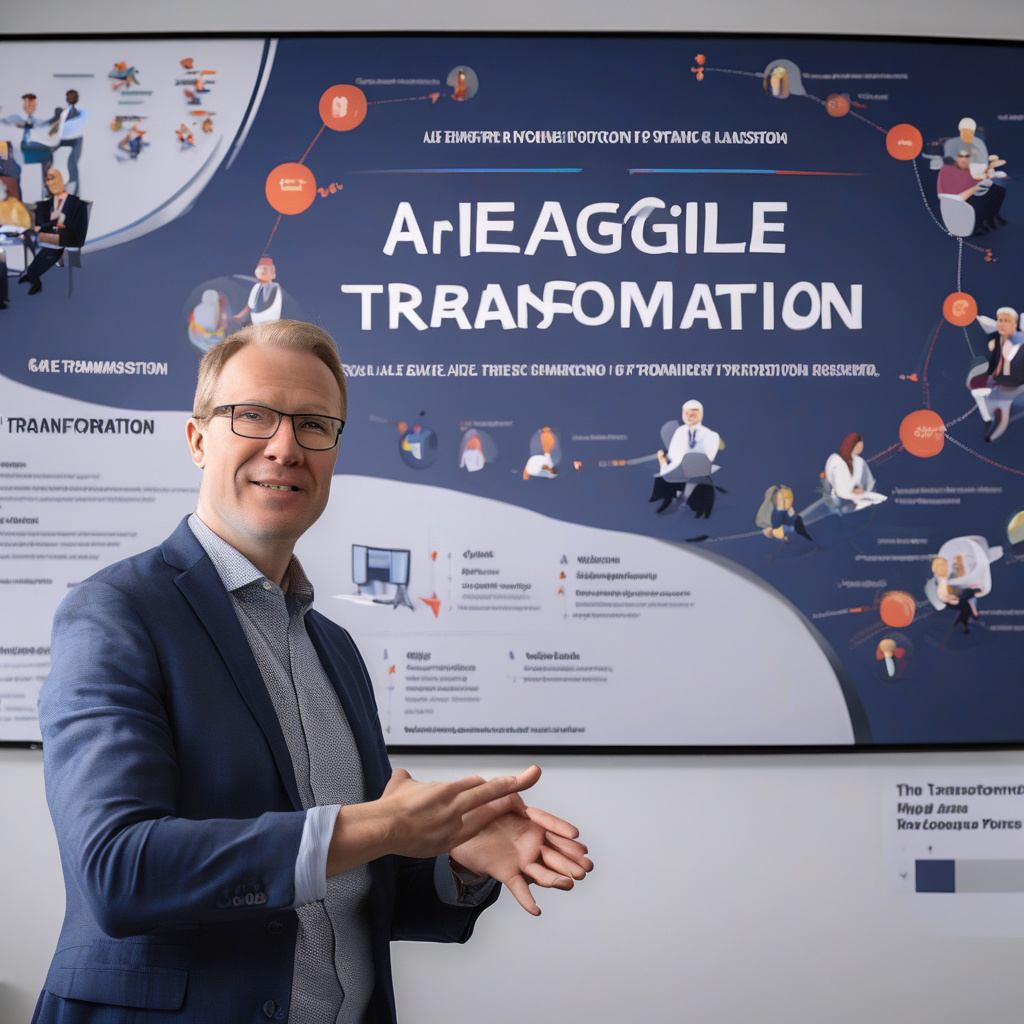Agile Transformation: Danila Vasilyev Challenges 5 Common Misconceptions
Agile methodology has permeated the software development landscape for over two decades. Initially rooted in iterative and incremental principles, Agile has evolved into a cornerstone of modern development practices. In a recent interview with Danila Vasilyev, an Agile expert, five prevalent myths and misconceptions surrounding Agile transformation were debunked.
Myth 1: Agile Is Just a Buzzword
One common misconception is that Agile is merely a trendy term with no substantial impact on project outcomes. In reality, Agile is a robust framework that emphasizes adaptability, collaboration, and customer feedback. By breaking down complex projects into manageable iterations, Agile enables teams to respond to changes swiftly and deliver value incrementally.
Myth 2: Agile Means No Planning
Contrary to popular belief, Agile does not advocate for a lack of planning. While Agile values responding to change over following a rigid plan, it still emphasizes the importance of setting goals, outlining deliverables, and establishing a roadmap for success. Agile planning involves continuous refinement based on feedback and evolving requirements.
Myth 3: Agile Is Only for Software Development
Another misconception is that Agile is exclusive to software development projects. While Agile originated in the realm of software, its principles can be applied across various industries and functions. From marketing campaigns to product launches, Agile methodologies empower teams to adapt to market dynamics, enhance collaboration, and deliver value iteratively.
Myth 4: Agile Is Chaotic and Unstructured
Some view Agile as synonymous with chaos and lack of structure. In reality, Agile promotes a disciplined approach to project management through frameworks like Scrum and Kanban. These frameworks provide clear roles, responsibilities, and processes to ensure transparency, accountability, and continuous improvement. Agile thrives on structured iterations and regular feedback loops.
Myth 5: Agile Is a One-Size-Fits-All Solution
Lastly, a common myth is that Agile can be applied universally without customization. While Agile principles are universal, their implementation must be tailored to suit each organization’s unique context, culture, and goals. Successful Agile transformation requires a deep understanding of the organization’s needs, ongoing stakeholder engagement, and a willingness to adapt practices based on feedback and outcomes.
In conclusion, Agile transformation is not without its myths and misconceptions. By addressing these common fallacies and embracing Agile principles with nuance and clarity, organizations can leverage Agile methodologies to drive innovation, enhance collaboration, and deliver value to customers. Danila Vasilyev’s insights shed light on the realities of Agile transformation, guiding organizations towards successful adoption and implementation.
For more in-depth insights into Agile transformation and debunking misconceptions, refer to the original interview with Danila Vasilyev on TechRound.

